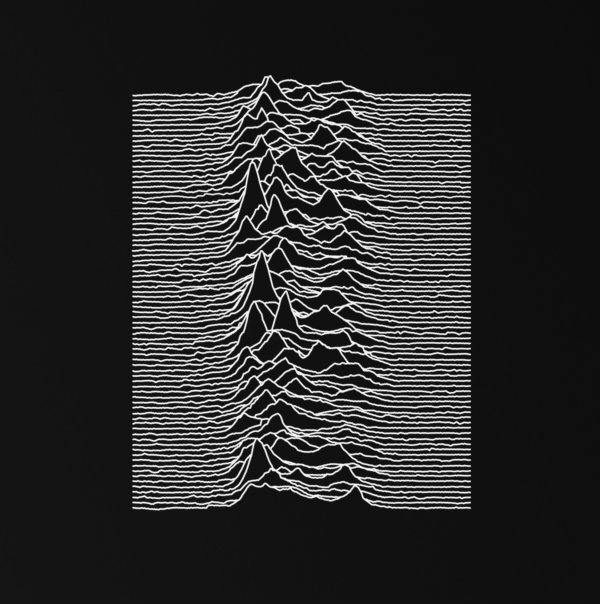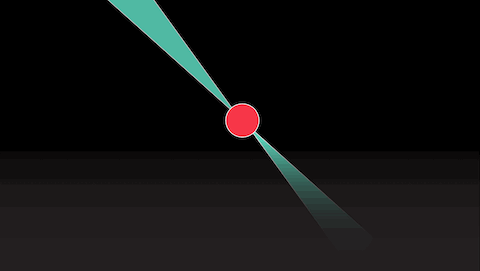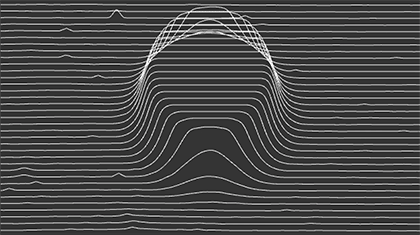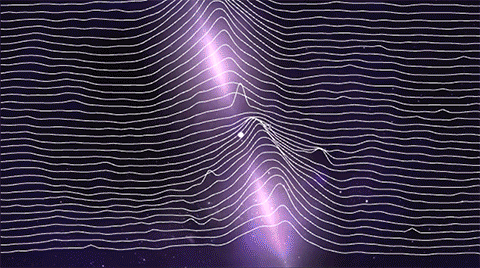Known Pleasure
CONTEXT
I recreated the iconic graphics from Joy Division’s Unknown Pleasure album cover.
TOOLS USED
openframeworks
I recreated the iconic graphics from Joy Division’s Unknown Pleasure album cover.
TOOLS USED
openframeworks
The iconic graphic of the left image below is taken from the cover of English Rockband Joy Division’s album Unknown Pleasure (1979). It was designed by artist Peter Saville, who was inspired by plotted data of radio signals from a pulsar in 1970.
A pulsar is typically formed during a violent “death” of a star, which undergoes a supernova explosion and turns into a neutron star. According to Wikipedia, this “highly magnetized rotating compact star [...] emits beams of electromagnetic radiation out of its magnetic poles. This radiation can be observed only when a beam of emission is pointing toward Earth (much like the way a lighthouse can be seen only when the light is pointed in the direction of an observer), and is responsible for the pulsed appearance of emission.”
The GIF on the right shows how these signals were turned into the wiggly lines in the original graphic.

The Original

Plotted signals from a pulsar captured by radio telescope
The first pulsar was discovered in 1967, and the radio telescopes used to detect the signals were not developed until 1974. Pulsars were described as “unknown treasures in space” because when their radio signals were recorded, “it was not known why some pulsars showed this kind of pattern. ”
Given the advancement in technologies over the past 40 years, we know a lot more about pulsars now than when the original cover was designed. I was inspired to recreate graphics in this iconic style to visualize what we know about pulsars now, based on NASA videos about pulsars.



References
https://en.wikipedia.org/wiki/Unknown_Pleasures#Iconic_status
https://en.wikipedia.org/wiki/Pulsar
https://theconversation.com/joy-division-40-years-on-from-unknown-pleasures-astronomers-have-revisited-the-pulsar-from-the-iconic-album-cover-119861
NASA videos [1] [2]